This is the first in a series of posts exploring what, exactly, a photograph is and what it means to us, individually and culturally.
Photo as object, image, memory, icon…this phrase has been rolling around in my brain for years. It is the foundation of the work I do creating digital archives, recording snippets of personal history, and designing privately-published books. And it’s what makes me swoon when I can see and touch an original photograph: Kodacolor prints from the 70s that have color-shifted to orange, autochrome glass slides and faded silver prints from the early 20th century, tintypes and cartes de visites from the Civil War era.
photo as object
An object is tangible, composed of atoms. I can touch it, hold it, carry it around. These objects have often been the focus of bitter dispute when dividing possessions during a divorce or clearing out a family house. But, just as often, it seems, they end up separated from their family of origin, languishing forlorn and forgotten in the back room of an antique shop. Some lucky ones get a new lease on life if they can make their way to specialized photo flea markets in cities like New York & Boston or into historical archives. This photo is one that Suzanne Fox rescued from oblivion:
credit: “orphan” photo from Suzanne Fox personal collection
Photo Detective Maureen Taylor has been able to touch photos-as-object from the dawn of the photographic age in researching her book The Last Muster.
One of my early digital archiving job involved handling cartes de visites from the Civil War era. The image below shows that the paper tax was paid.
credit: Cora Sjogren-Welch personal collection
More recently I have been organizing and digitizing a large collection of magic lantern glass slides.
credit: The George Nelson Collection, The Archive Center-Indian River County Library
Whenever I encounter these photos as object I wonder: Where has it traveled? Who has touched it? Has it been carried close to their heart? Folded it into a wallet? What is the meaning of the cryptic messages written on the back or around the margins? Why has this face been scribbled over? [Don’t tell me you haven’t—not ever?!?]
credit: Suzanne Fox personal collection
photo as image
This specially treated paper, composed of ink or dye, presents an image. If that image was created by film processing, there may be multiple photos-as-object of the same image. In my work digitizing historic photos at the county library archives I see many cases where the original photo-as-object has been photographed to create a negative from which additional prints are made. As these multiple photos-as-object travel their own life path, they pick up a unique set of crinkles, notations, tears and marks.
credit: The Indian River County Historic Society Collection, The Archive Center-Indian River County Library
photo as memory—and meaning
I can look at this photo from my personal collection and tell you facts about the photo: the who, what, where, and when of it. But the memories triggered by this photo will be different for each person pictured. And the meaning I derive from these memories may shift as I look at the image at different times in my life, from different perspectives.
credit: cj madigan personal collection
I expect that this photo elicits memories beyond the few people pictured here. You may look at this photo and very likely have a memory triggered about your own experiences: with friends, in high school, wearing a garment or hairstyle like one of the people in the image has.
photo as icon
Icons are a precious object in their own right, imbued with the Holy Spirit as well as the spirit of the person who wrote it. The images used in traditional icons are limited but are interpreted and rendered in different ways and executed with varying degrees of finesse. And the memory or meaning triggered is likely different for each person who reads the icon—and likely different each time the same person encounters it. And this entire constellation—icon as object, icon as image and icon as meaning, creates a sacred experience that is more than the elements present and that points beyond itself to another level of being and meaning.
Image by Novica / Novica Nakov via flickr used under a Creative Commons License
I believe photos have such an iconic quality. I am not talking about iconic photos, such as Marilyn Monroe standing over a New York street grate or the VE Day Times Square Kiss. I am talking about those often overlooked objects jammed into drawers and packed away in attics. These are our contemporary icons.
credit: cj madigan personal collection
In future posts, I intend dig deeper into these various manifestations of photos, exploring what it means for those of us who are infatuated with these magical pieces of chemically treated paper [or tin or glass]: so ubiquitous, so ordinary, yet so precious. I welcome your thoughts and reactions.



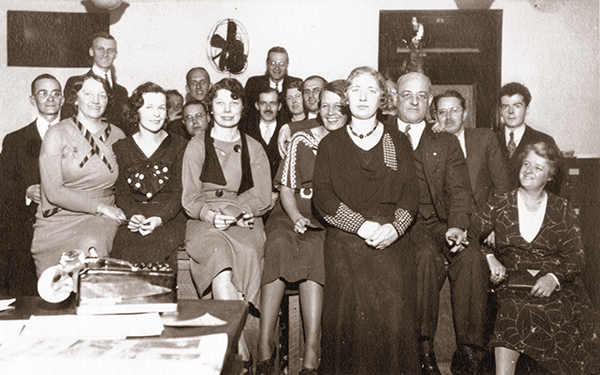
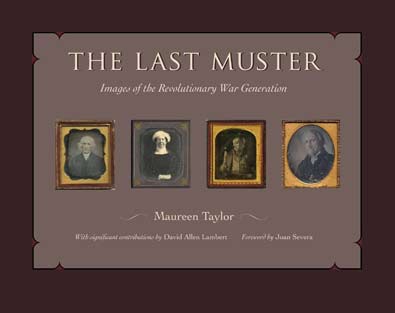
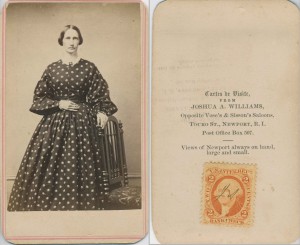

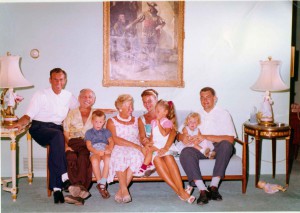
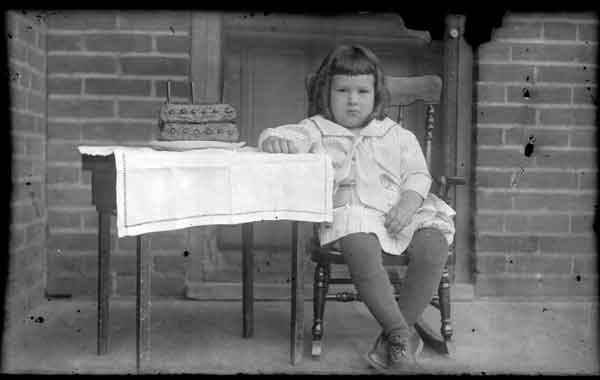
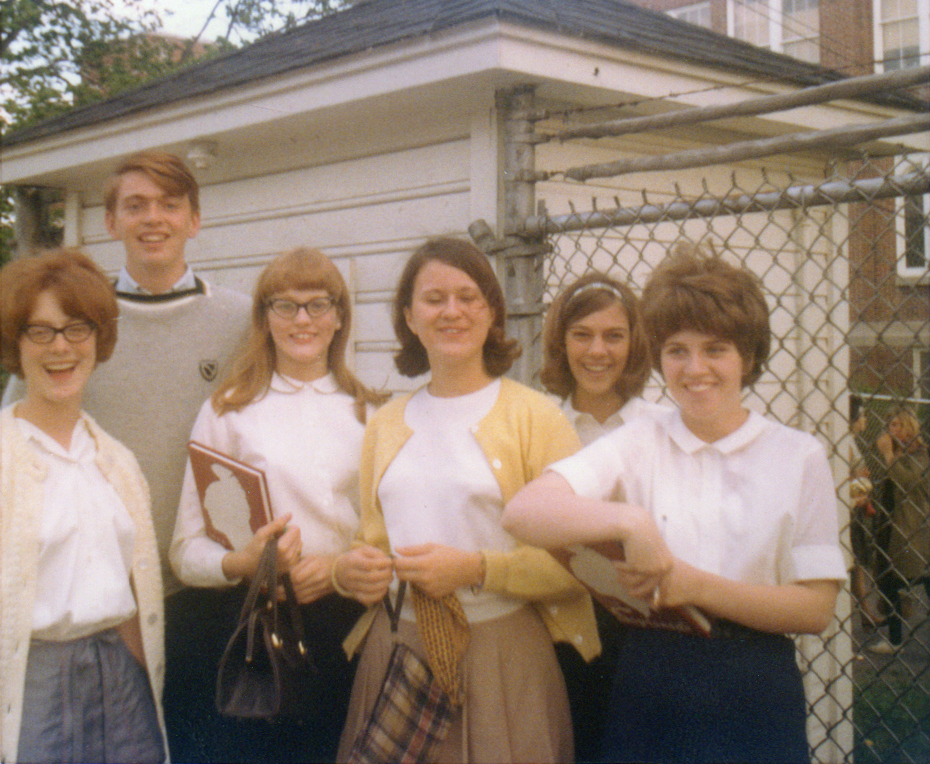
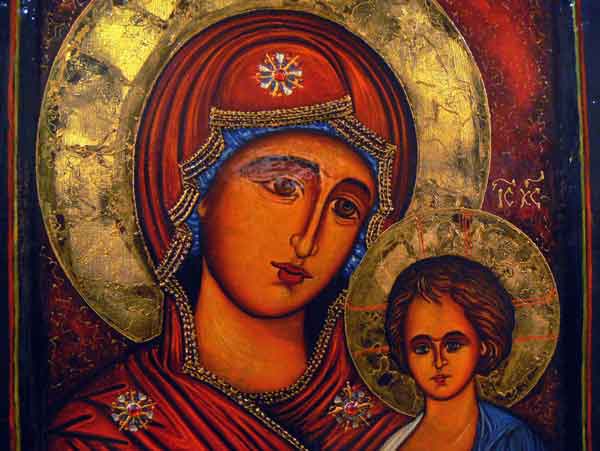
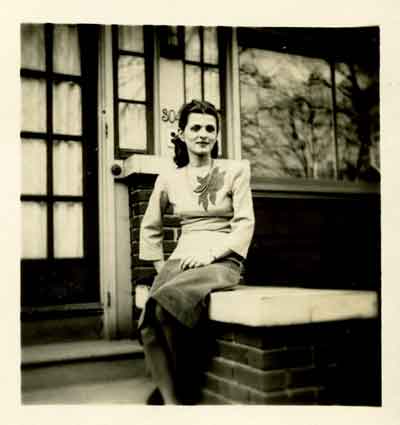
6 Comments